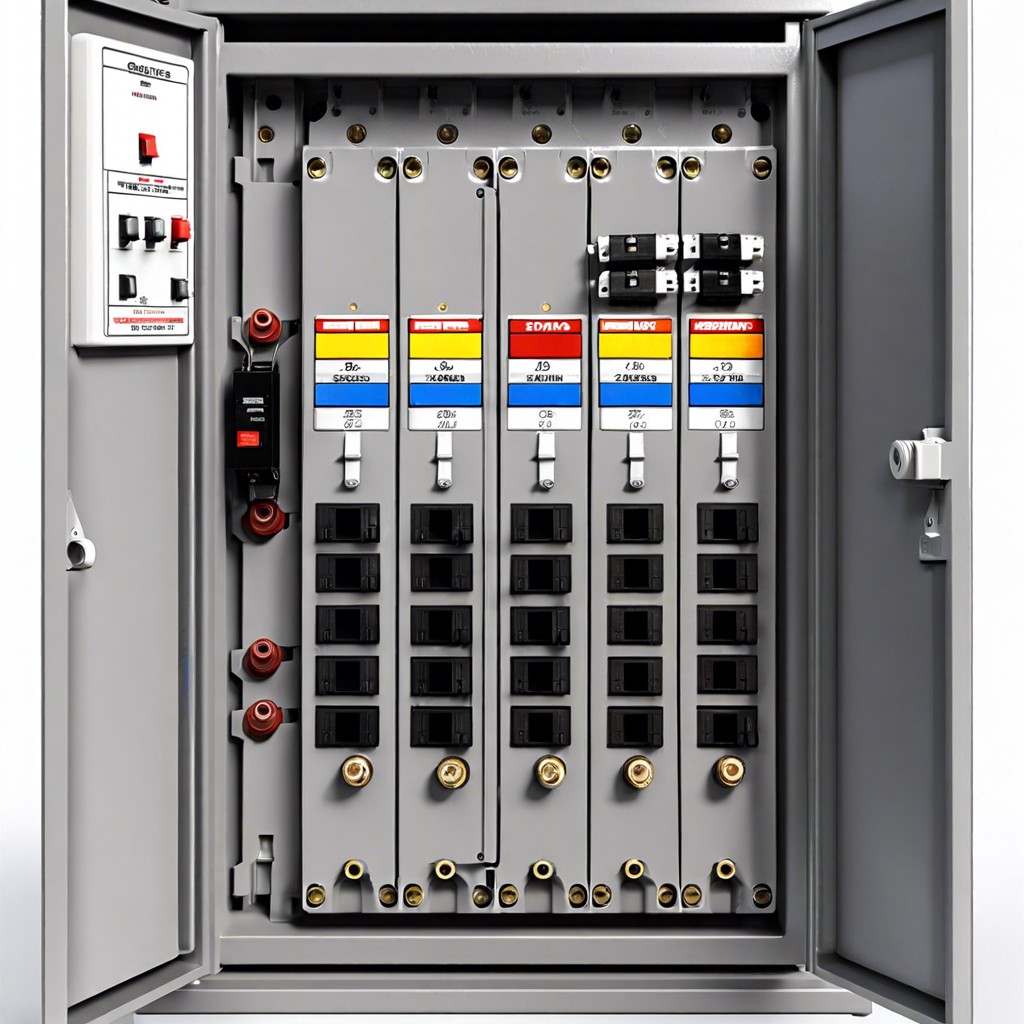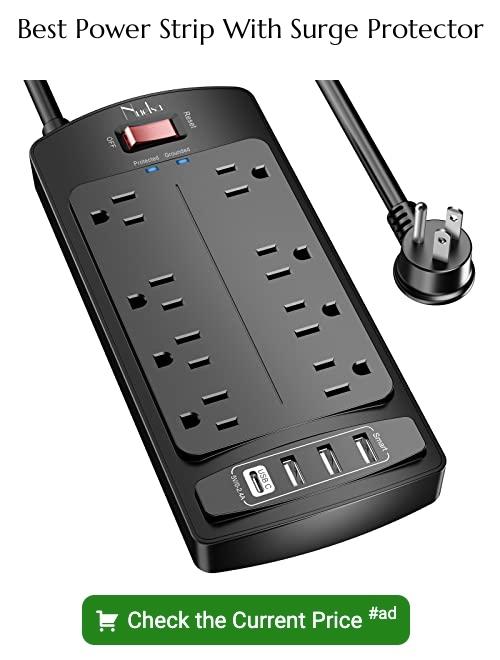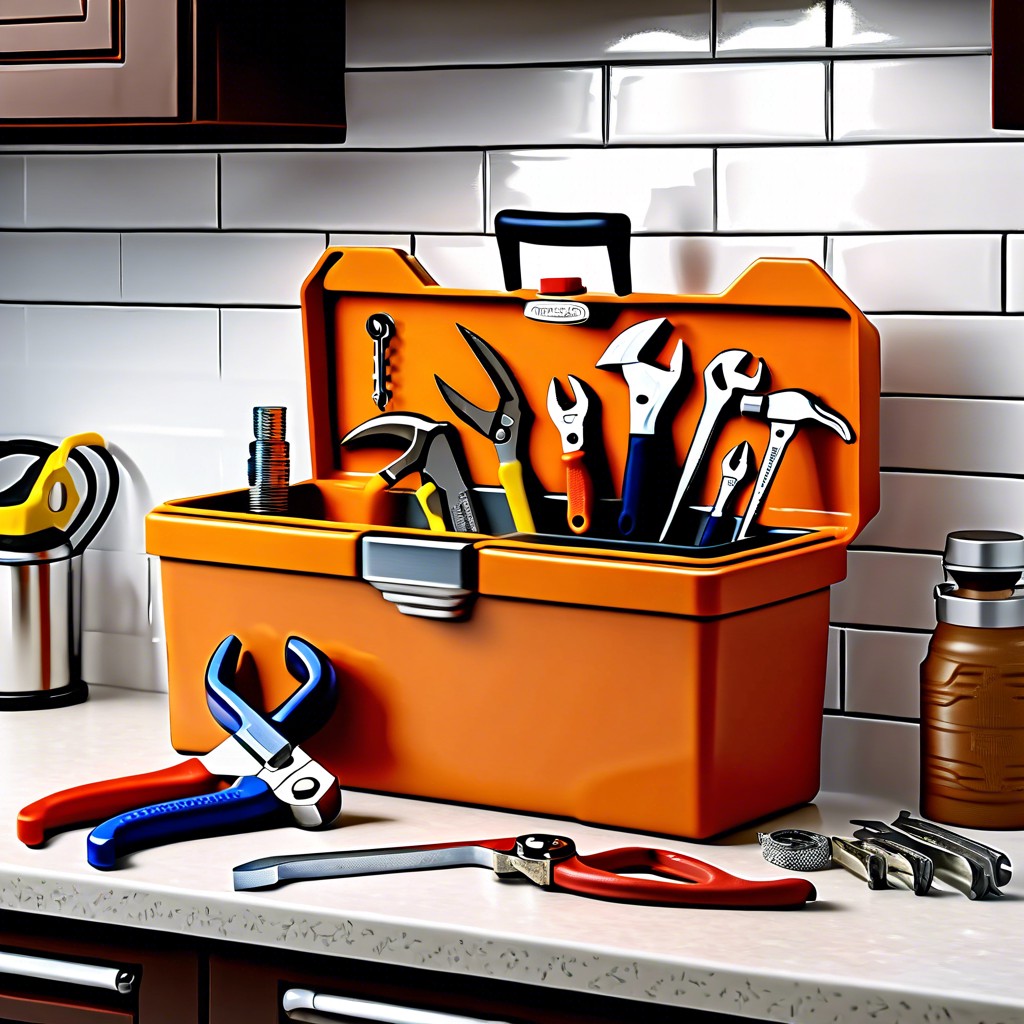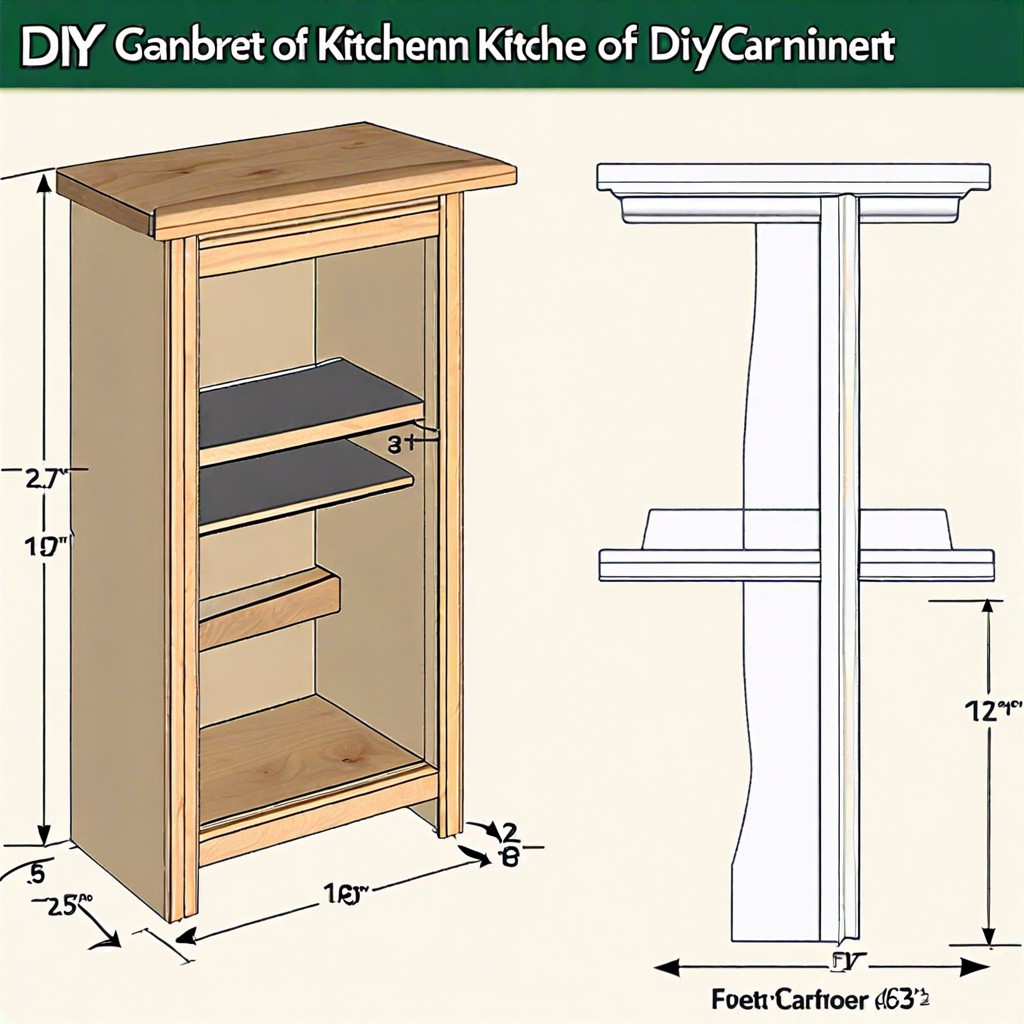Last updated on
Learn how to determine the number of outlets allowed on a 20-amp circuit to ensure safe and efficient use of electricity in your home.
Key takeaways:
- 20-amp circuit: Versatile for high-demand appliances.
- Outlets: Aim for 10-13 to prevent overload.
- Load capacity: Stick to 80%, around 1,920 watts.
- Avoid overloading: Spread devices, monitor usage, check for warnings.
- Management tips: Distribute load wisely, unplug when idle.
What's Inside
What Is a 20-amp Circuit?

A 20-amp circuit is like the strong, reliable friend who can handle just about any electrical load you throw its way. It’s designed to manage up to 20 amps of electricity without breaking a sweat.
Think of it as a power highway, allowing multiple devices to share the road without causing a traffic jam. This makes it perfect for areas where you need a bit more juice, like kitchens, garages, or home workshops.
- Here are a few key points:
- It uses a thicker wire compared to lower amp circuits, usually 12-gauge.
- Capable of providing more power for high-energy appliances.
- Often found in areas where multiple high-demand devices are used simultaneously.
So, whether you’re plugging in a blender, a power drill, or a vacuum cleaner, a 20-amp circuit can handle the load like a pro.
Devices Suitable for a 20-amp Circuit
A 20-amp circuit can handle a variety of household devices and appliances, making it quite versatile. Think of it as the ‘versatile veggie tray’ of your electrical panel.
For starters, kitchen appliances like microwaves, toasters, and coffee makers are often prime candidates. These power-hungry gadgets love the extra juice, especially when they’re all powering up your morning simultaneously.
Next up, consider power tools. Whether you’re drilling, sawing, or sanding, a 20-amp circuit can handle most tools without batting an eye. Perfect for DIY enthusiasts who don’t want to trip a breaker every time they start a new project.
Then you have larger electronics. Entertainment setups, complete with TVs, gaming consoles, and sound systems, find a cozy home on a 20-amp circuit. This ensures your binge-watching sessions remain uninterrupted.
And let’s not forget heating and cooling equipment. Portable heaters and air conditioners, which can draw significant power, also fit the bill. Because, honestly, who wants to sweat or shiver just because they plugged in an extra lamp?
In essence, if it’s got a decent draw and you need it to keep running smoothly, a 20-amp circuit is your trusty sidekick.
Number of Outlets On a 20-amp Circuit Breaker
Here’s where things get interesting: The number of outlets a 20-amp circuit can handle isn’t set in stone. However, a general rule of thumb is to aim for a maximum of 10 to 13 outlets. This is based on calculations that assume each outlet could draw 1.5 amps.
Why not load up with more outlets? Good question. Safety is key here. With a 20-amp circuit meant to handle about 80% of its load continuously, you shouldn’t exceed 16 amps. This wiggle room helps prevent tripping breakers or worse, causing electrical fires.
Think of it like packing for a trip: Sure, you might be able to fit 30 pairs of socks in your suitcase, but what happens when you need space for your flip-flops and funky hats? Plan wisely!
Remember, not every outlet will be in use simultaneously, but be smart about your planning. Spread out those power-hungry devices like toasters and microwaves. They’re like the high-maintenance pals who need their own space at a party!
Allowable Breaker Load
A 20-amp circuit can handle up to 2,400 watts, but in practice, you should aim to use only 80% of this capacity for safety. This means your max operational load should be around 1,920 watts. Why 80%, you ask? It’s to prevent the circuit from overheating and potentially causing a fire hazard.
Here’s a quick breakdown:
- 20 amps x 120 volts = 2400 watts (theoretical max load)
- 2400 watts x 0.8 = 1920 watts (safe operational load)
Think of it like a packed suitcase. Just because you can fit more in, doesn’t mean you should. You wouldn’t want your favorite shirt to get all wrinkled, right? Similarly, keeping a buffer prevents the circuit from struggling under load.
Consider your typical outlets: a phone charger uses about 10 watts, a TV might use 200 watts, and a microwave could pull around 1,200 watts. Add these up to stay within that 1,920-watt safe zone to keep everything humming smoothly and safely.
Avoiding Overloading
First, consider the appliances and devices you’ll be plugging into the circuit. Think of things like microwave ovens, toasters, and refrigerators. These kitchen powerhouses are real wattage gobblers.
Spread your devices out across multiple outlets. You wouldn’t invite everyone to a party and make them all stand in the same corner, right? Give your outlets breathing room to avoid any electricity traffic jams.
Next, check the load of each device to make sure not to exceed 80% of the circuit’s capacity. For a 20-amp circuit, this means sticking to around 16 amps of continuous load. Just remember, no one wants a circuit doing heavy lifting without proper support.
Use common sense when running several high-power appliances at once. That means, yes, the coffee maker can have a break while the blender is doing its smoothie dance.
Give regular checks to avoid those nasty surprises. Keep an eye out for flickering lights or frequently tripping breakers. They’re like the circuit’s way of giving you a friendly nudge to spread the load better.
Proper Management of Outlets On a 20-amp Circuit
Think of your 20-amp circuit like a basket at a picnic. You can only stuff so much in before it bursts! Here’s how you can pack it wisely:
Know the wattage. Each outlet should ideally use about 1.5 amps. Remember, 20 amps times 120 volts equals 2,400 watts. So, no more than 1,920 watts on the safe side, leaving a little breathing room.
Distribute the load. Spread high-wattage devices across multiple circuits. Don’t plug the toaster, the microwave, and your new espresso machine into the same circuit and expect no fireworks.
Unplug when not in use. If your air fryer isn’t actively crisping up fries, unplug it. It frees up capacity for other gadgets.
Use power strips wisely. Power strips can organize your plugs, but each still draws from that 20-amp source. Don’t treat it like a magic wand for unlimited power.
Regularly check warm outlets. Warm to the touch means there might be too much draw. This is your house whispering to you, “I need a break.”
Consider appliances’ off-peak hours. Use energy-hogging appliances during times when other devices are off. Think of it like not running the dishwasher during a rock concert.
Keep these points in mind and your 20-amp circuit will treat you well, avoiding any unexpected, uh, “sparkles.”





